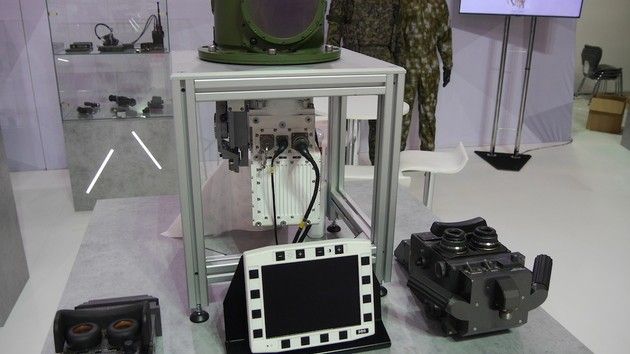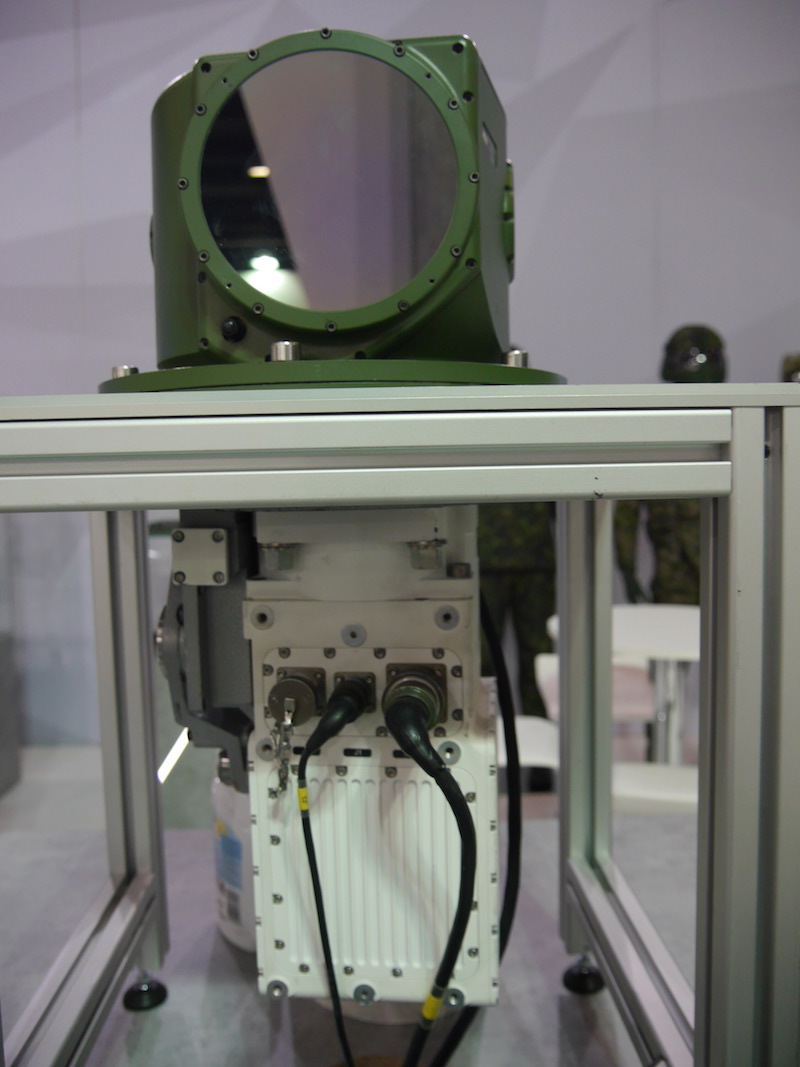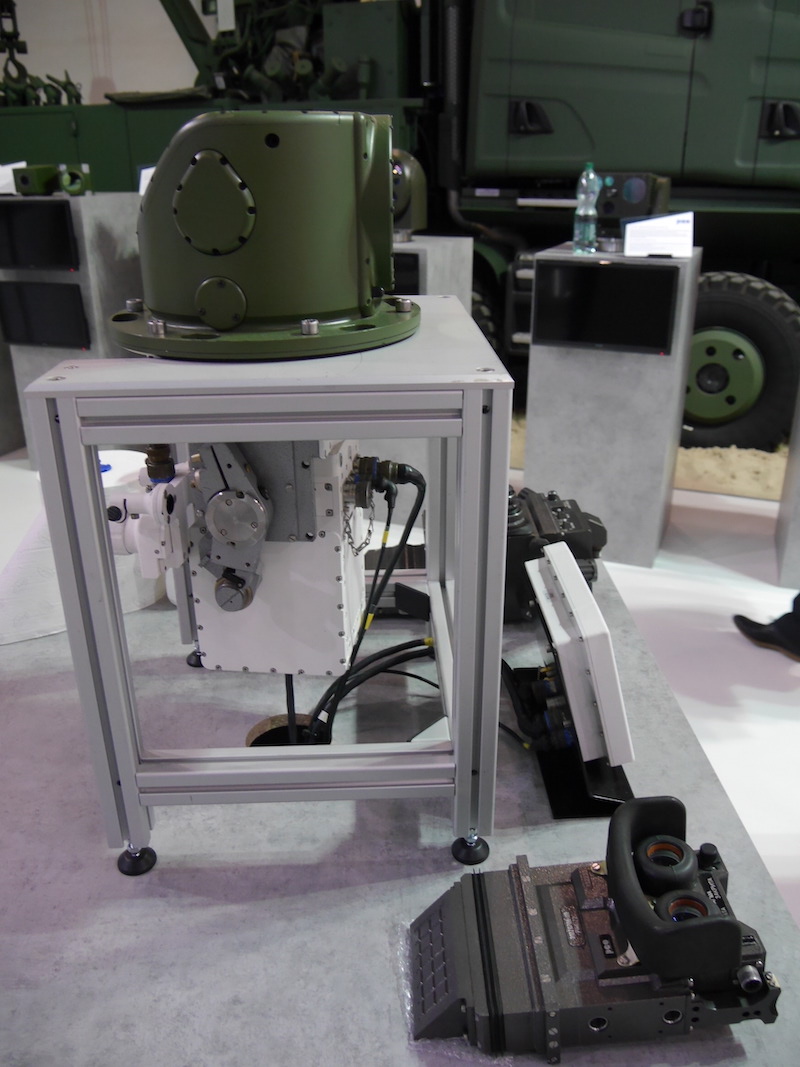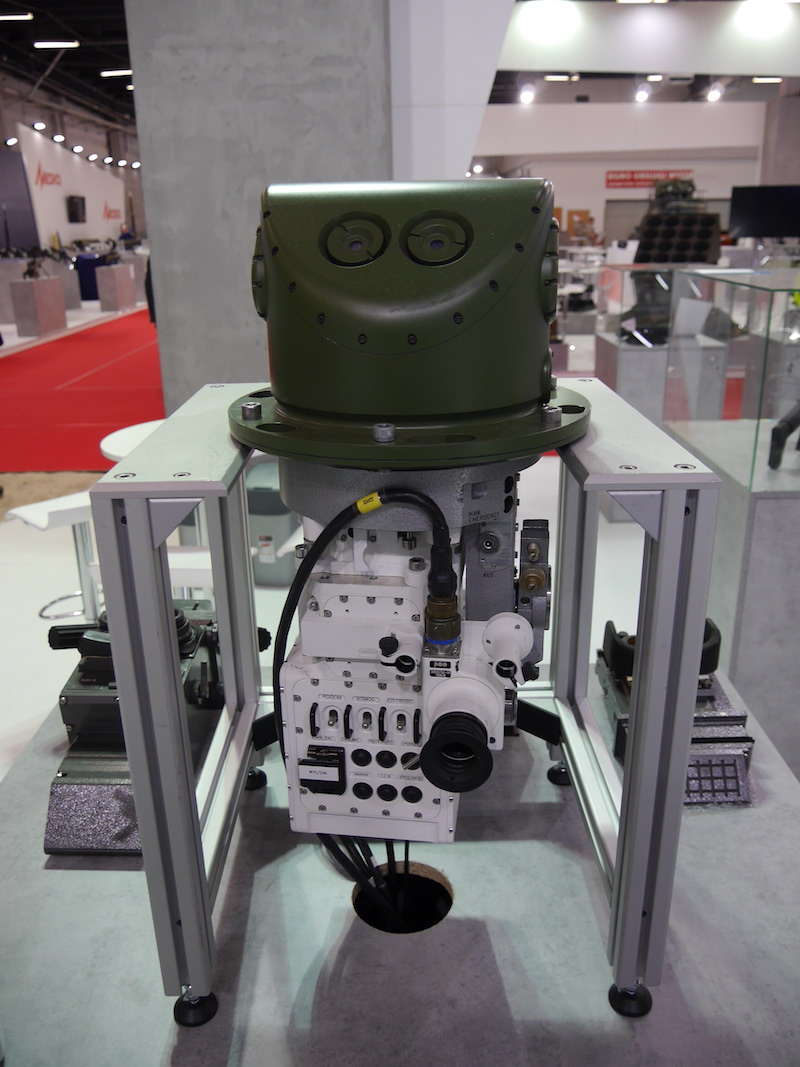MSPO 2019: PCO Modernizes Night Observation Systems of the T-72 Main Battle Tanks

The agreement concerning overhauls and modification of the Polish T-72 main battle tanks assumes that the obsolete night targeting system used by the gunner (active night vision system) would be replaced with the PCT-72 instrument manufactured by PCO S.A. The system in question is based on the KLW-1 ASTERIA new generation thermal imaging system.
The scope of work that is to be carried out within the framework of modification and overhauls of the T-72 Main Battle Tanks shows that the MoD did take modernization of the targeting/observation systems of those vehicles into account. Concept of such upgrade has been prepared back in 2017 by PCO S.A. - a company that is a part of the Polish Armaments Group.
The concept’s basic assumption was to use the domestically manufactured modern, passive systems making it possible for the tanks to operate at night and in bad weather conditions. The systems were to replace the obsolete, Soviet-designed instrumentation. The plans included:
- Dismantling of the active TPN-1-23-1 gunner’s sight and replacement of that sight with the PCT-72 sight based on the KLW-1 thermal imaging camera;
- Replacement of the active commander TKN-3 observation system with a passive counterpart - day/night POD commander observation instrument making use of a modern image intensifier;
- Replacement of the driver’s active night vision system with the passive PNK Radomka solution.
In this way it became possible to replace the obsolete post-soviet systems rooted back in the 1970s with new products compliant with the contemporary requirements of the Polish military. Not only do those assets eliminate the risk of the tank being easily detected at night, when IR illumination is used, as they also extend the range at which the threats could be detected.
Usage of the gunner’s PCT-72 thermal vision sight is a change that has a particular added value for the combat potential offered by the T-72 platform. The system in question consists of the following elements: periscope element with a pan adapter, KLW-1 thermal imaging camera, MD-1 gunner’s display and MFM-2 commander’s MFD.

The instrument has been developed by PCO S.A. and it acts as a replacement of the TP-1-23-11 sight. In the light of the above, no design changes at all would be required to install it on the tank. The camera is placed in a special-purpose housing ensuring the lens elements stability when field of view and temperature changes occur. The housing also complies with mechanical and climate-related requirement usually defined for military-grade equipment.
In case of the older solution, targets may only be detected at distances of mere couple hundred meters. KLW-1 camera, meanwhile, makes it possible to detect an MBT-sized target with WFOV (wide field of view) setting at distance of up to 4700 meters. The target may be identified with NFOV (narrow field of view) at 2500 meters. Furthermore, thermal imaging, contrary to night vision solutions, makes it possible to conduct observation in smoky or foggy conditions.
KLW-1 ASTERIA Thermal Imaging Camera is the main component of the PCT-72 system. It is operated within the LWIR (8÷12 µm) bandwidth. The camera features a cooled sensor with resolution of 640×512 pixels. It weighs around 10 kilograms and has dimensions of 180×150×360 mm.
Asteria cameras are already quite common element of equipment installed on the Polish military fighting vehicles. Since some time now, the KLW-1 system has been replacing the older Israeli solution belonging to the legacy generation. KLW-1 is a part of the ZMKT modification kit for the tank’s thermal imaging assets. The camera has also been utilized in the Leopard 2A4 upgrade to the 2PL standard - its technology is used in the gunner and commander observation systems.

Thanks to the above it became possible to unify the thermal imaging equipment and use products delivered by a single manufacturer, in case of almost all main battle tanks operated by the Polish land forces. In the future the Polish thermal imaging systems could also be installed on the Leopard 2A5 main battle tanks, as the German-made solutions would be reaching the end of their lifecycles. This will translate into lowered operational cost associated with armoured assets. The availability level would go up with heightened level of supply chain security.


WIDEO: Defence24 Days 2025: Premier Defence & Security Conference in CEE